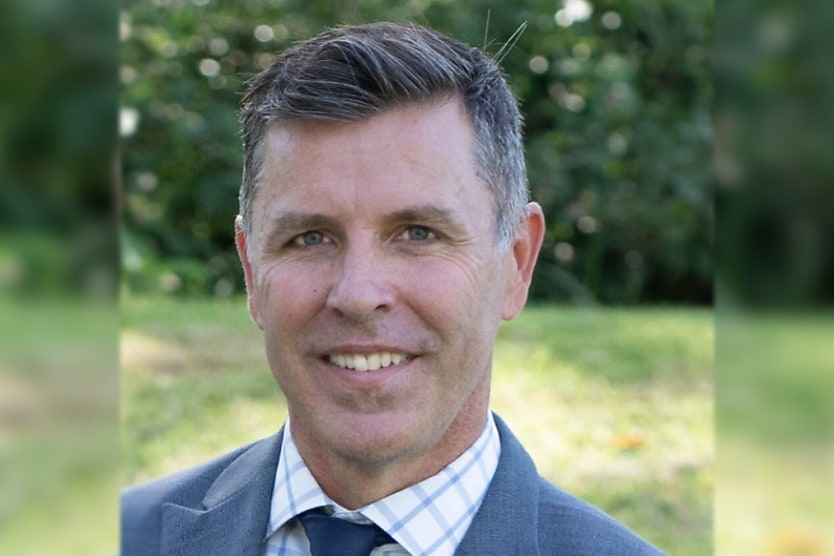How the Jobs and Skills Summit will help build a stronger, better skilled, more productive workforce
SHARE THIS ARTICLE

The actions and initiatives for training and upskilling Australians off the back of the government’s recent Jobs and Skills Summit is a positive step forward towards building a stronger, better skilled, and more productive workforce.
The government’s plan, in collaboration with business, industry groups and unions will help ensure more Australians secure more jobs for the future, both furthering their career while helping organisations transform and grow.
Businesses need to prioritise tech
In today’s world of AI, digitalisation and the IoT, everyone, in virtually every industry and profession needs tech.
A Frost & Sullivan study, commissioned by GoTo, revealed that business leaders are prioritising IT needs more than ever to ensure their businesses operate effectively. Senior leadership involvement in software purchasing is up 75 per cent since the start of the pandemic.
Business leaders need to focus on creating a truly sustainable, resilient, and future-proof work-from-anywhere strategy utilising great technology that meets the needs of the business, its customers, employees and IT teams in terms of efficiency and effectiveness.
Consumers today expect 24/7 availability, whether it’s for self-help, customer service, e-commerce or using tools such as online portals and apps. They want to be able to connect and communicate anytime, anywhere to achieve their desired outcome. As a result, businesses need to be aligned to provide the best customer experience. The key is in access to the right tools and technology to find the best solutions, fast.
IT work is becoming more challenging
As technology, innovation and advancement accelerates faster than ever before, IT work is consistently becoming more challenging, especially as teams become more geographically dispersed. Nowadays, employees – and devices – are everywhere. While this IT shift from supporting on-premises work to flexible work has sparked innovation, it’s made things a bit more complicated. Ultimately, we believe that cumbersome and complicated tech is the biggest IT hurdle impacting businesses today.
Technology is meant to enhance the work of IT teams, limit their tedious tasks and create more time in their day to be strategic, thoughtful problem solvers and innovators. It’s therefore vital for IT leaders to identify which technologies improve their quality of work and which ones detract from it.
The Frost & Sullivan/GoTo research found 76 per cent of respondents said the workload of IT workers increased in the past year, due to the adoption of flexible work models, with 43 per cent agreeing that IT jobs have become more difficult. More than nine-tenths want to reduce the burdens on their IT people. Tech overload and digital culmination is something that IT teams need to work through as digitalising IT support tools can reduce stress on IT teams without sacrificing the quality of IT operations.
Yet many of the disparate technologies that were adopted at the start of the pandemic are just not sustainable long-term, so consolidation needs to occur.
Choose tech carefully
In today’s world, businesses need the tech and digital solutions that have the power to reach potential and existing customers, while ensuring it is a simple, secure, efficient and seamless solution for IT departments and employees. The focus for business leaders needs to be on breaking down silos internally and adopting tech tools which deliver ROI to all internal and external stakeholders, by integrating communication, marketing and tech tools into the current workflow environments. This could mean bringing IT into discussions early during software evaluations to ensure it plays well with the company’s tech stack and lives up to security requirements.
But there’s a talent shortage
The current skills shortage is leading many businesses to focus on attracting new talent as they look to fill roles and responsibilities. However employers need to remember this is only one piece of the puzzle. Ongoing engagement and retention strategies, which encompass tailored learning and development opportunities are essential for the future of work.
In addition, effective resourcing and workforce planning is required to ease increasing pressures on IT teams.
The Australian government’s actions and initiatives following the Jobs + Skills Summit will play an important role in helping to ease the skills shortage across many sectors, professions and industries. But as always, it will take a consistent, collective and collaborative effort by government, industry, and businesses to help solve the skills shortage over the long term.
Where to from here?
The actions and initiatives resulting from the Jobs and Skills Summit are a strong launching pad for progress.
The dedicated focus on “jobs and training pathways for women, First Nations people, regional Australians and culturally and linguistically diverse people”, along with providing digital apprenticeships and fee-free TAFE places, investing in future technology jobs while reducing barriers to employment will all help to build a stronger society, a stronger economy, and a stronger Australia.
Lindsay Brown is the Vice President and General Manager, Asia Pacific for GoTo.
